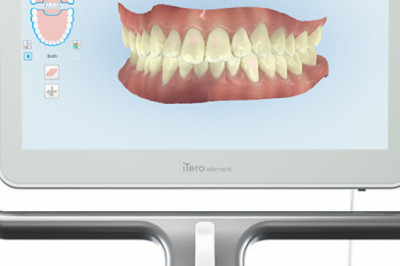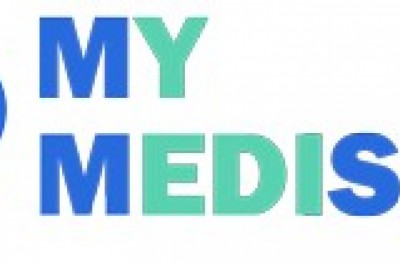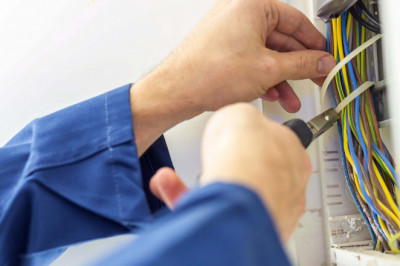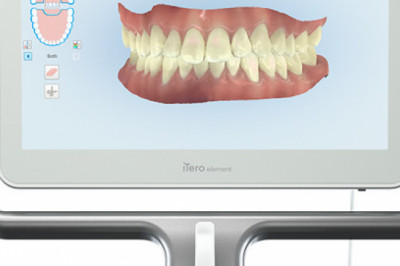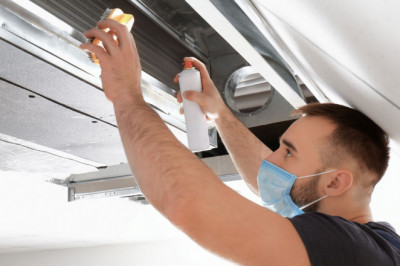views

Hannah puts light on the importance of image optimization and showcases some SEO tips to increase image-related search and social traffic
When you think of search engine optimization (SEO), you probably think of using keywords within text content, but there are more ways to optimize your blog posts to boost search traffic.
Optimizing images for search engines is an often overlooked method of increasing search traffic to your blog,
and it only takes a few seconds to turn images that might get skipped by search engines into neon signs that your content is relevant, high quality, and useful to search audiences.
In other words, don’t just rely on the most popular blog SEO tricks or commonly used blog post SEO techniques. Instead, take your SEO efforts a step further by optimizing images, and you’ll see your search traffic and your blog grow even more!
Following are five easy ways to optimize images in your blog posts. The more tips you implement on your blog, the better. However, don’t overdo it! You don’t want to be accused of spamming the system. Keep yourself in check by learning the top SEO don’ts as well.
1. Image File Size
Search engine indexing and ranking algorithms typically weigh site load time as an important factor in delivering relevant results to keyword searches. For example, Google assumes that a website that loads quickly in a user’s web browser offers a better user experience than a site that loads very slowly. Therefore, save images that you plan to publish on your blog in the smallest size possible.
It’s faster for you to just upload an image at its original size, but that 3000 pixel X 2500 pixel image not only takes up a lot of space in your hosting account but also causes your blog to load slowly in web browsers. Instead, use a free image editing tool to save your image to the smaller size you plan to use within your blog post before you upload and publish it on your blog.
2. Image File Format
You don’t need to use high resolution images online. It’s always best to use image files in JPEG or PNG format on your blog. Both are compressed so they load quickly within web browsers, and they’re preferred by search engines (particularly JPEG).
3. Image File Name
It takes a couple of extra seconds, but changing your image file name is a step that you should never skip. Use relevant keywords that describe the image, but don’t keyword stuff TwitterSearch engines do crawl image file names, so take the time to name yours accordingly.
4. HTML Alt-tag and Title Attributes
The HTML alt-tag should not only describe the image in case it cannot load in a person’s web browser, but it should also be named with search engines in mind. The alt-tag is indexed by many search engines and can affect your search rankings. Similarly, the title attribute should include keywords for additional search engine optimization. Fortunately, you don’t have to be an HTML expert to complete this step because most blogging applications allow you to enter text for the alt-tag and title attribute when you upload images through your post editor.
5. Image SEO Don’ts
There are some tactics that you should avoid when it comes to image search optimization. For example, don’t stuff keywords into your image file name, alt-tag, and title tag above and beyond what seems natural. Furthermore, your blog posts and web pages shouldn’t be covered in images with little or no original text. Both of these tactics can be flagged as spam by search engines like Google. Your images should also be relevant to the other content in your posts and pages, or they could raise red flags to search engines.
For more such Updates follow us on Google News Martech News





